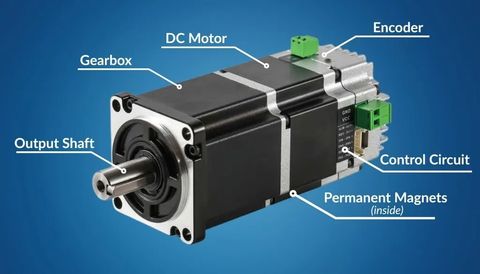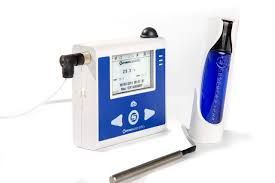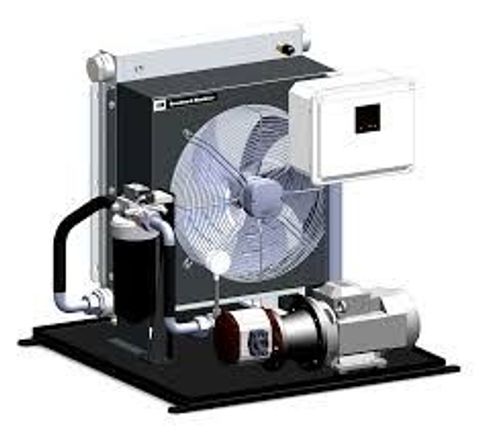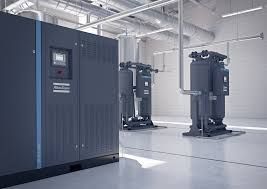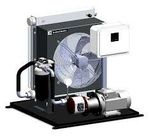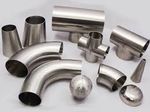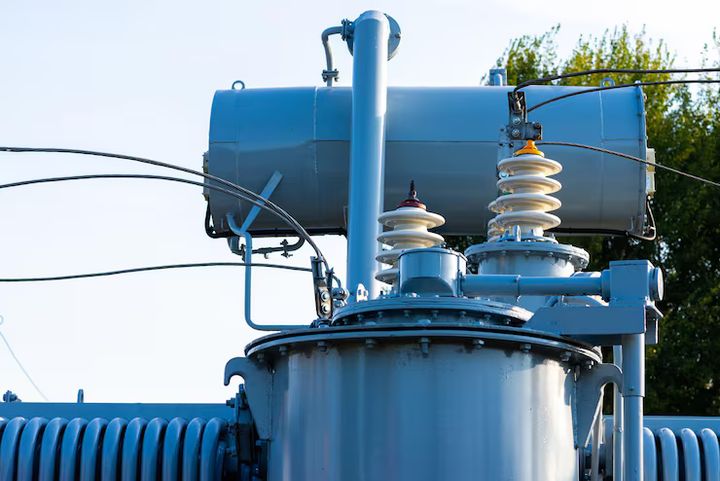
Oil-Cooled Transformer: How It Works, Why It Matters & Key Updates guide
An oil-cooled transformer is a type of electrical transformer that uses insulating oil to cool its internal components. The oil circulates through the transformer, absorbing heat generated by the windings and the magnetic core. This heat is then transferred to radiators or cooling fins, keeping the internal temperature at safe levels.
Transformers naturally generate heat due to electrical losses such as core and copper losses. Without proper cooling, excessive temperature can damage insulation, reduce efficiency, or even cause system failure. Oil-cooling provides both efficient heat transfer and electrical insulation, making it ideal for heavy-duty transformers used in power transmission and industrial applications.

Common types include:
-
ONAN (Oil Natural Air Natural): Natural oil and air circulation.
-
ONAF (Oil Natural Air Forced): Oil circulates naturally, while air is forced by fans.
-
OFAF (Oil Forced Air Forced): Both oil and air are circulated by pumps and fans for high-load systems.
Importance – Why Oil-Cooled Transformers Matter Today
Oil-cooled transformers are crucial for maintaining the stability and reliability of modern electrical grids. They handle high voltages and power capacities that air-cooled or dry-type transformers often cannot.
Who Benefits
-
Power utilities rely on them to manage transmission and distribution efficiently.
-
Industrial sectors depend on them for uninterrupted operations of heavy machinery.
-
Infrastructure developers use them in renewable energy systems, substations, and transport grids.
Key Advantages
-
High cooling efficiency for large loads
-
Better insulation and longer operational life
-
Suitability for outdoor and high-voltage applications
-
Stable performance under fluctuating load conditions
Challenges
-
Fire and leakage risks from mineral oils
-
Environmental concerns from oil disposal
-
Regular maintenance and oil testing requirements
Despite these challenges, oil-cooled transformers remain indispensable in power distribution because of their durability, reliability, and efficiency in high-demand environments.
Recent Updates – 2024–2025 Trends and Innovations
The transformer industry has seen significant modernization in recent years:
1. Smart Transformer Technology
Newer models integrate sensors that monitor oil temperature, gas levels, and moisture in real time. These “smart” transformers send data to control centers, allowing predictive maintenance and reducing downtime.
2. Use of Eco-Friendly Oils
There’s a global shift toward biodegradable esters and synthetic oils instead of mineral oils. These fluids reduce fire hazards and environmental impact while offering similar insulation strength.
3. Market Growth and Upgrades
Demand for oil-cooled transformers continues to grow alongside renewable energy projects and smart grid expansion. Many utilities are replacing older models with energy-efficient, low-loss transformers.
4. Digital Monitoring and AI Integration
Artificial intelligence is now used to analyze thermal patterns, predict faults, and optimize cooling. This technology improves reliability and extends equipment life.
5. Research in Thermal Design
Studies on optimizing oil flow and temperature gradients have improved design efficiency. These developments help manufacturers build transformers that operate cooler and last longer.
Laws or Policies – Standards and Regulations (India Example)
In India, oil-cooled transformers are governed by several national standards to ensure safety, quality, and efficiency.
Key Indian Standards
-
IS 1180 (Part 1): 2014 – Specifies design and testing standards for oil-immersed distribution transformers up to 2,500 kVA, 33 kV.
-
IS 2026 (Part 7): Details permissible temperature rise and cooling requirements.
-
IS 6600 (1972): Guides loading of oil-immersed transformers based on ambient conditions.
-
IS 335: Specifies requirements for mineral insulating oils used in transformers.
Regulatory Oversight
-
Transformers must comply with Bureau of Indian Standards (BIS) certification to ensure conformity with safety and performance parameters.
-
The Central Electricity Authority (CEA) issues operational guidelines covering inspection, oil testing, and maintenance schedules.
Environmental and Safety Regulations
-
Rules exist for safe oil handling, spill management, and eco-friendly disposal.
-
Utilities are encouraged to adopt natural ester oils in environmentally sensitive areas.
Compliance with these standards guarantees operational safety, efficiency, and long-term reliability.
Tools and Resources – Useful Aids for Engineers and Operators
Design and Analysis Tools
-
Thermal design calculators to estimate oil temperature rise and cooling efficiency.
-
Load and overload analysis tools based on transformer capacity and ambient conditions.
Monitoring Tools
-
Dissolved Gas Analysis (DGA) equipment to detect insulation degradation.
-
Infrared thermography for early fault detection.
-
Moisture and pressure sensors integrated with SCADA systems.
Maintenance Templates
-
Standard checklists for oil sampling and inspection.
-
Log sheets for recording oil test results and maintenance activities.
Technical References
-
National and international transformer design manuals.
-
IEC 60076 series and IS specifications for thermal and mechanical performance.
These tools assist power engineers and maintenance teams in improving transformer efficiency and extending service life.
FAQs – Common Questions About Oil-Cooled Transformers
Q1: Why are oil-cooled transformers preferred over air-cooled ones?
Oil provides better heat dissipation and electrical insulation, allowing the transformer to handle higher loads and operate longer without overheating.
Q2: What is the role of transformer oil?
It removes heat from the windings, acts as an insulator, and prevents moisture intrusion. Good oil quality ensures stable performance and safety.
Q3: Can oil-cooled transformers be used indoors?
They are mainly designed for outdoor use due to oil leakage and fire risks, but can be installed indoors with proper containment and ventilation systems.
Q4: How often should transformer oil be tested?
Oil testing is typically recommended once or twice a year, depending on the load and environmental conditions. Tests check dielectric strength, moisture, and acidity.
Q5: What is the expected lifespan of an oil-cooled transformer?
With proper maintenance, these transformers can operate efficiently for 25–40 years. Regular oil filtration, cooling system inspection, and thermal monitoring help extend their lifespan.
Conclusion
Oil-cooled transformers are the silent workhorses of power infrastructure. Their ability to manage high voltage and thermal stress makes them vital for reliable electricity transmission and industrial use. As technology evolves, digital monitoring, eco-friendly oils, and AI-based maintenance are redefining how these systems operate.
Compliance with technical standards, routine maintenance, and smarter designs are ensuring that oil-cooled transformers continue to support the world’s growing energy demands safely and efficiently.


